See also Magna Carta (An Embroidery). It's an 1.5 m × 13 m embroidery of the entire Wikipedia article on Magna Carta.
When I first heard about it, it seemed like an absurd waste of time, but it turned out to be quite neat. The documentary video explains the project pretty well (07:39 long).

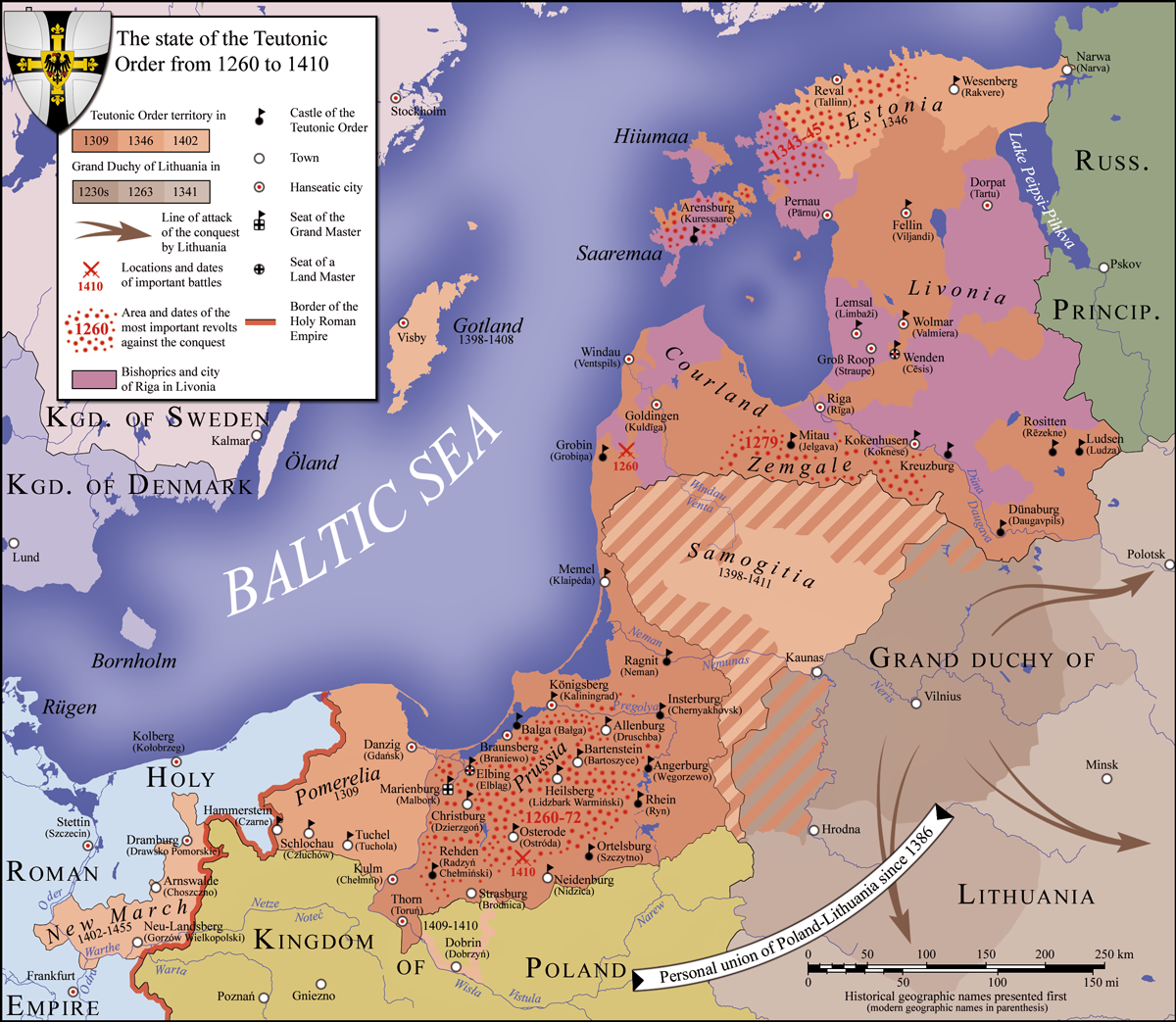
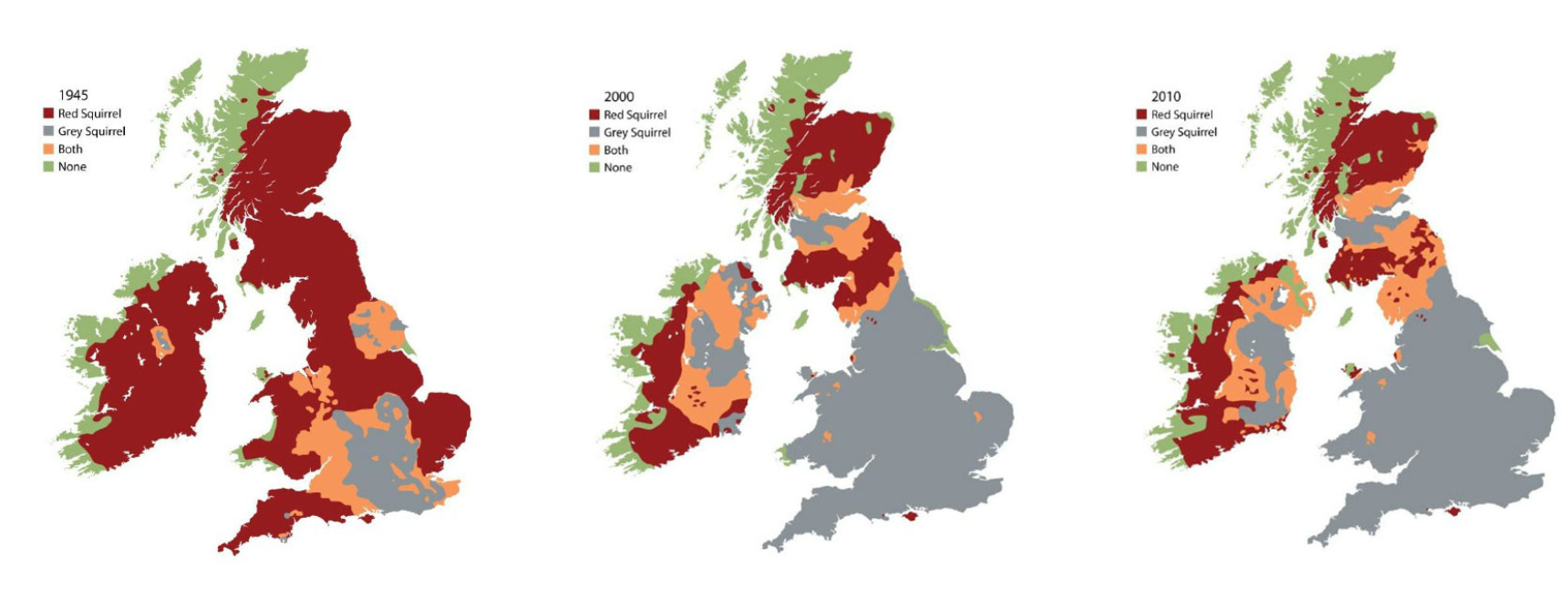


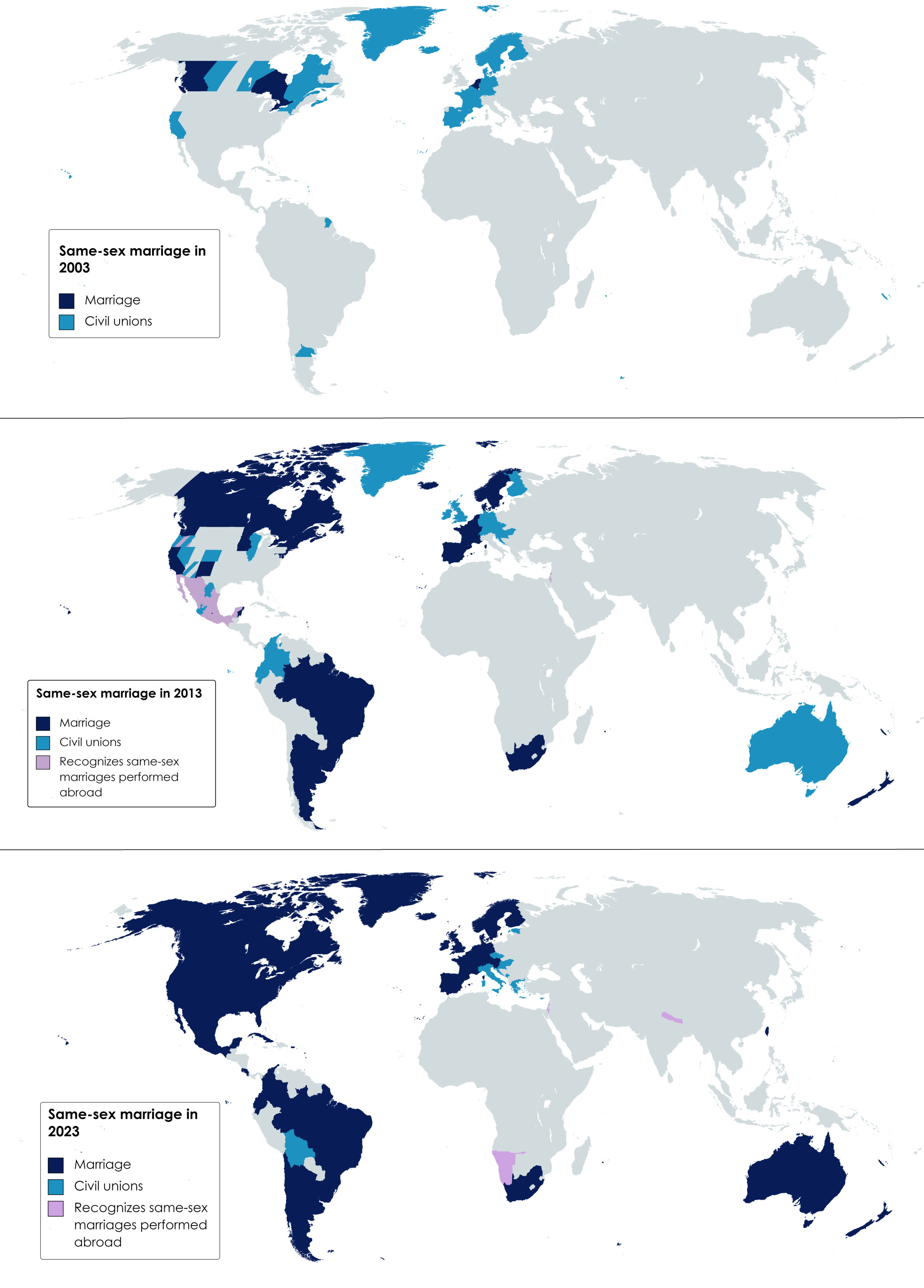
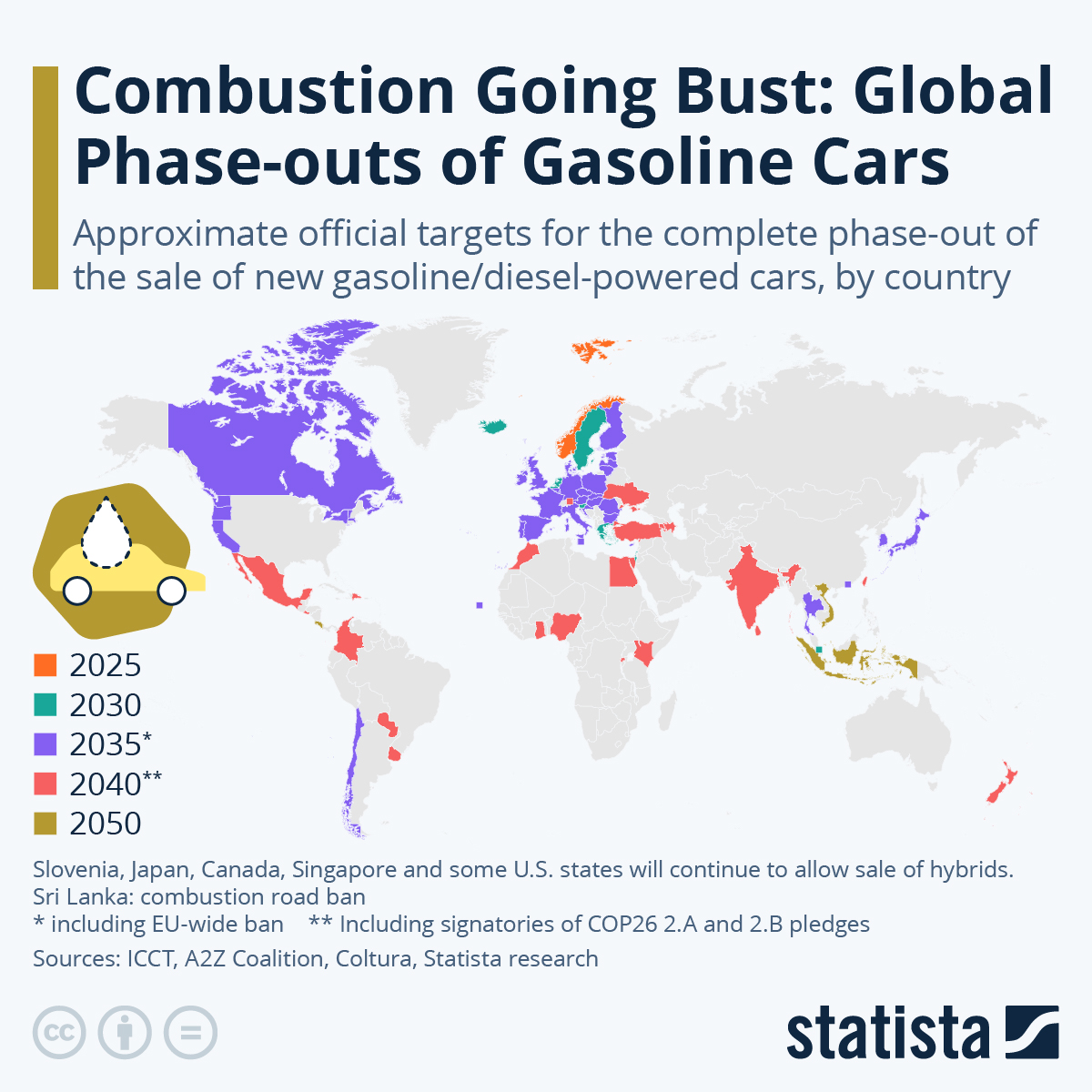
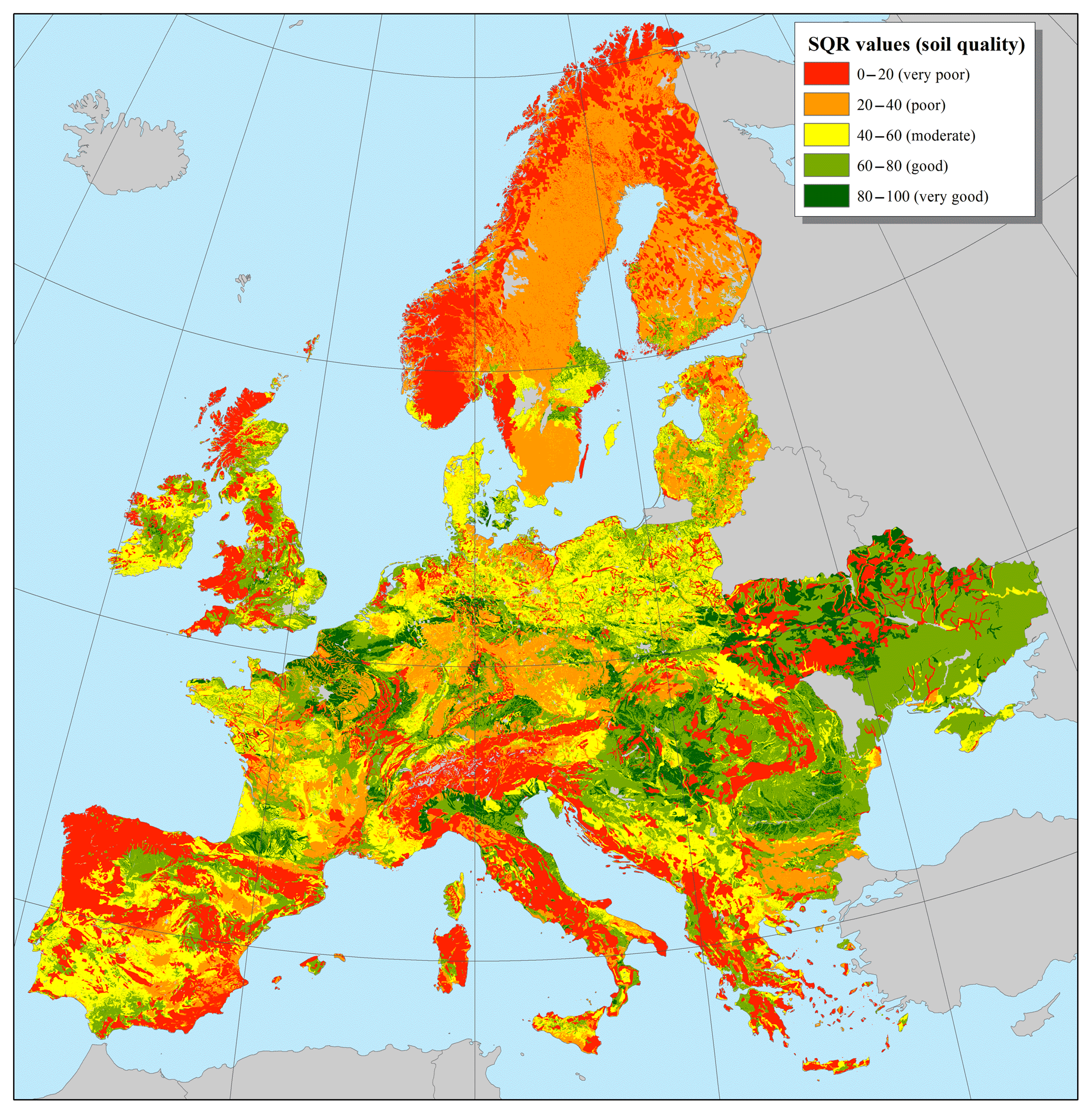
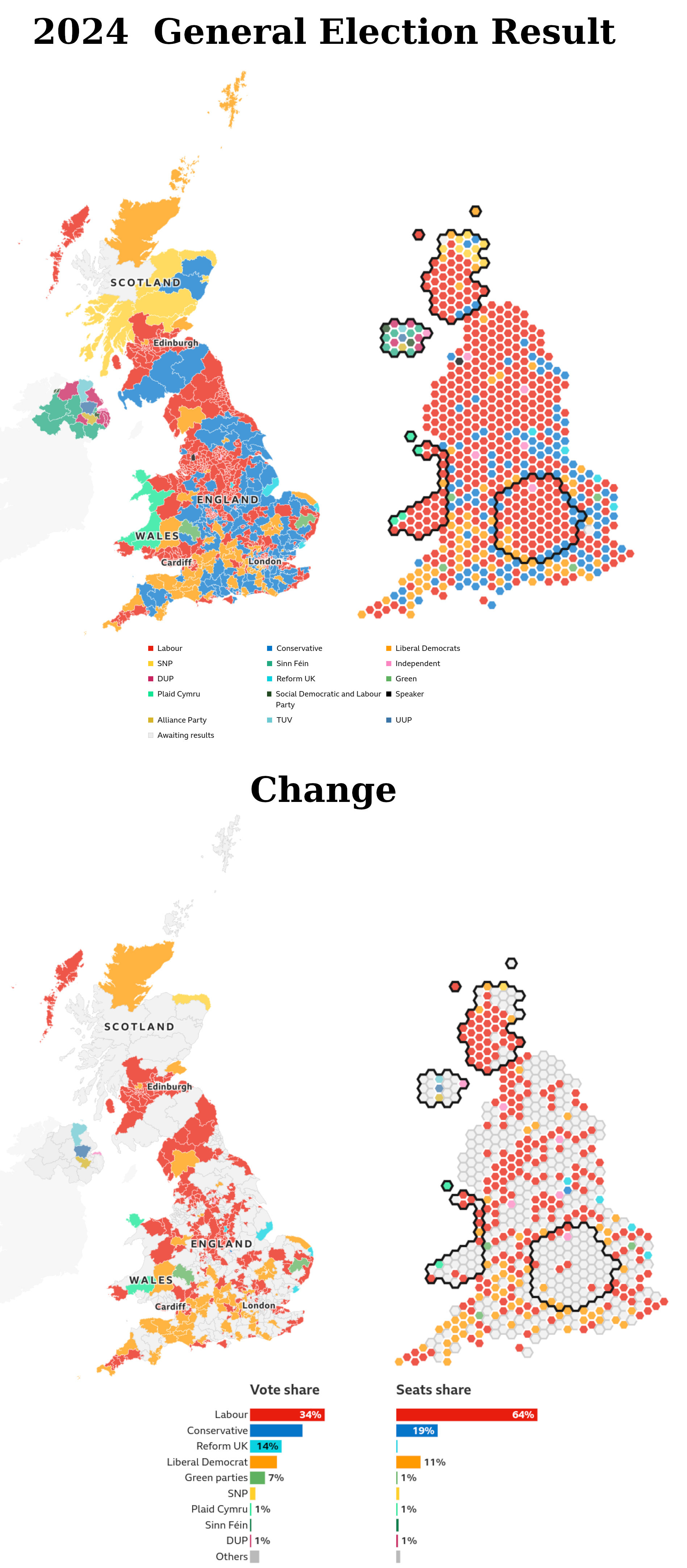
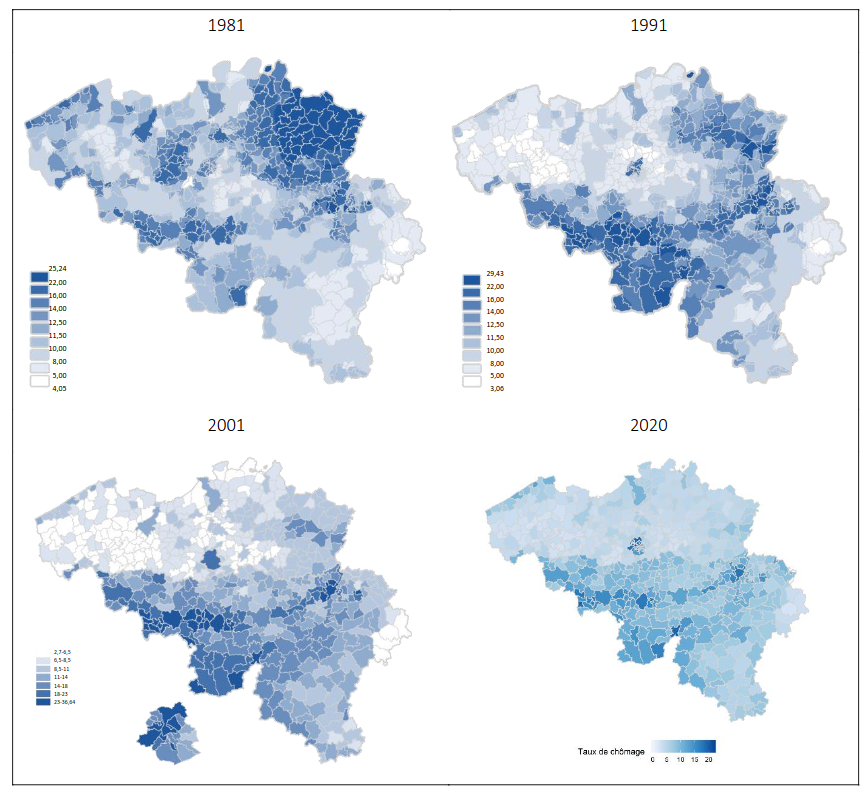
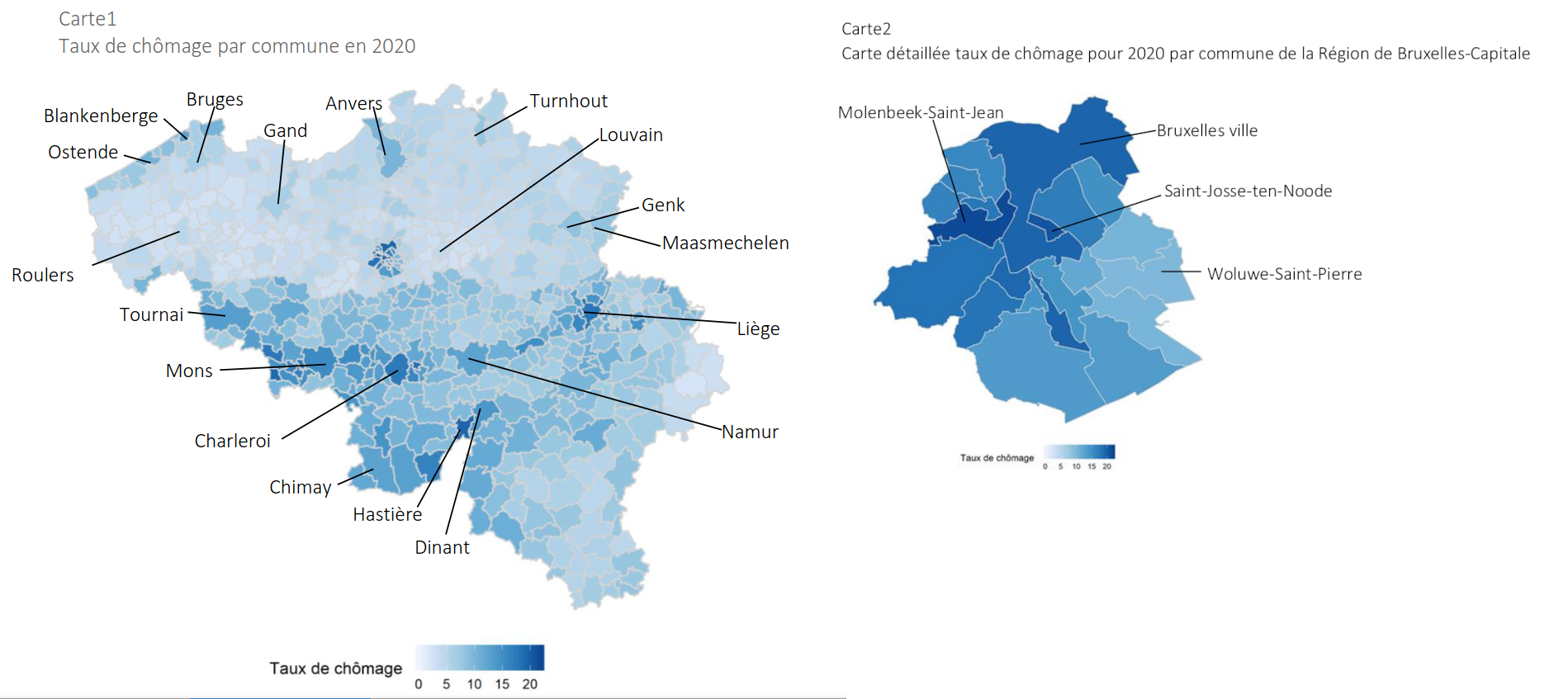
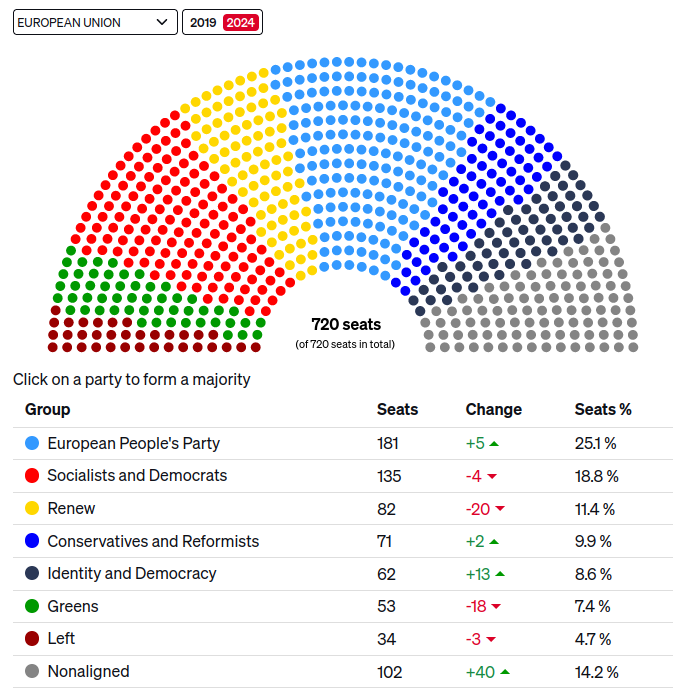
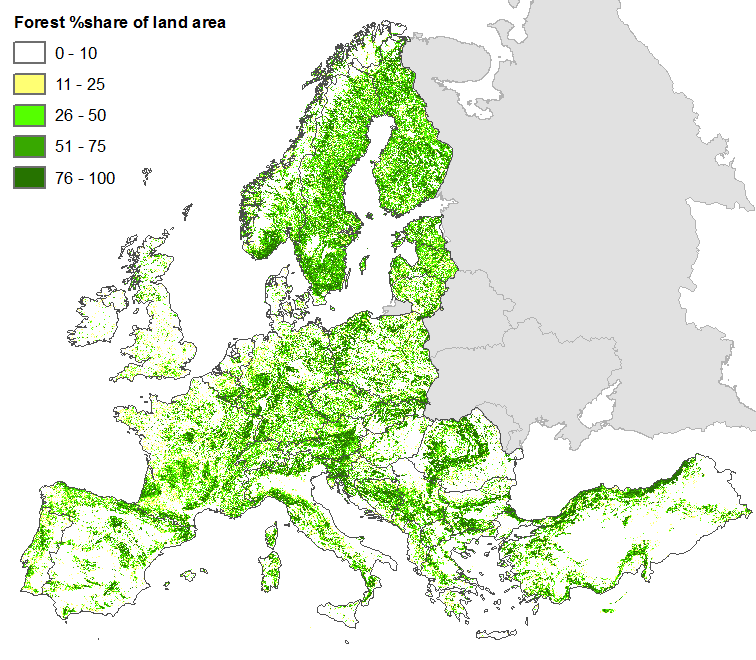
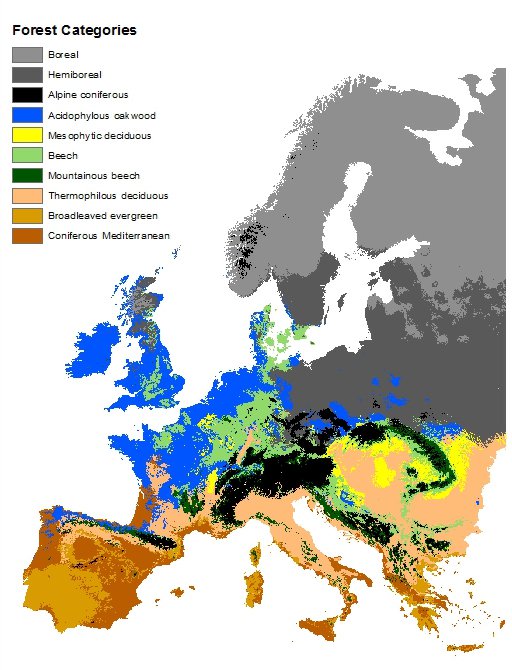


All fun and games until it happens with nazism instead of slime.